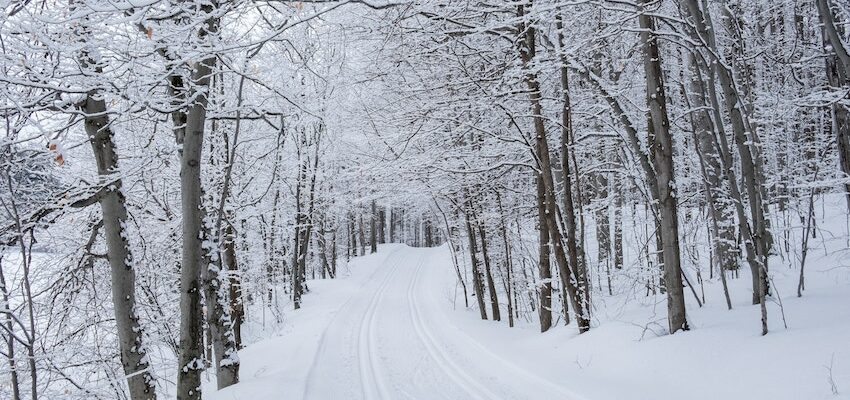Cross-country ski trail ratings in North America and Europe differ in some ways, reflecting regional variations in trail difficulty and the marking systems used.
While both regions use a similar color-coding system, there are some distinctions in how the trails are classified. Here are some key differences:
Color-Coding System
North America: In North America, cross-country ski trails are typically rated using a color-coding system that is similar to alpine ski trail ratings. These colors range from green (easiest) to blue (intermediate) to black (difficult). Sometimes, there is an additional double-black diamond rating for the most challenging trails.
Europe: In Europe, a similar color-coding system is used, but the colors may not directly correspond to those in North America. The difficulty levels are also categorized using colors, with the specifics varying by country. For example, in Norway, blue might be easy, red intermediate, and black difficult.
Trail Naming
North America: In North America, trail names often include the rating in the name. For example, a trail might be named “Green Valley” if it’s an easy trail.
Europe: In Europe, trail names may not always include the rating, but the color-coding system is typically used on trail maps and signs.
Grooming Standards
North America: North American cross-country ski centers often have well-established grooming standards, and the trail ratings take into account the grooming quality. Groomed trails are categorized based on their width, quality, and frequency of grooming.
Europe: In Europe, grooming standards can vary widely, and trail ratings may focus more on the natural terrain and elevation changes. Trails in Europe are sometimes rated based on the technical challenge they present rather than the grooming quality.
Terrain and Landscape
North America: North American cross-country ski trails often feature varied terrain, with a focus on providing skiers with scenic and challenging landscapes. Trails may wind through forests, go up and down hills, and offer diverse topography.
Europe: European trails can also have varied terrain, but some regions, such as the Nordic countries, may feature flatter and more open landscapes with extensive trail networks on frozen lakes and flat plateaus.
Local Variations
North America: The United States and Canada have standardized trail rating systems used by most ski resorts and centers. However, there may be local variations and adaptations.
Europe: European countries often have their own rating systems, which can lead to variations in trail ratings and signage between countries. The specific difficulty and meanings of trail colors may vary across Europe.
It’s important for cross-country skiers to familiarize themselves with the local trail rating system when skiing in a new region to ensure they choose trails that match their skill level and preferences.
While the color-coding system is a helpful guideline, the interpretation of each rating can vary from one location to another, so it’s wise to check trail maps and seek advice from local ski centers when exploring new areas.

